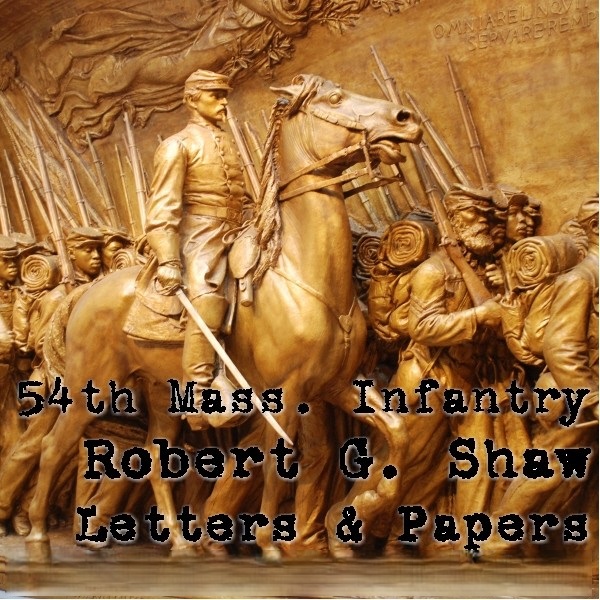
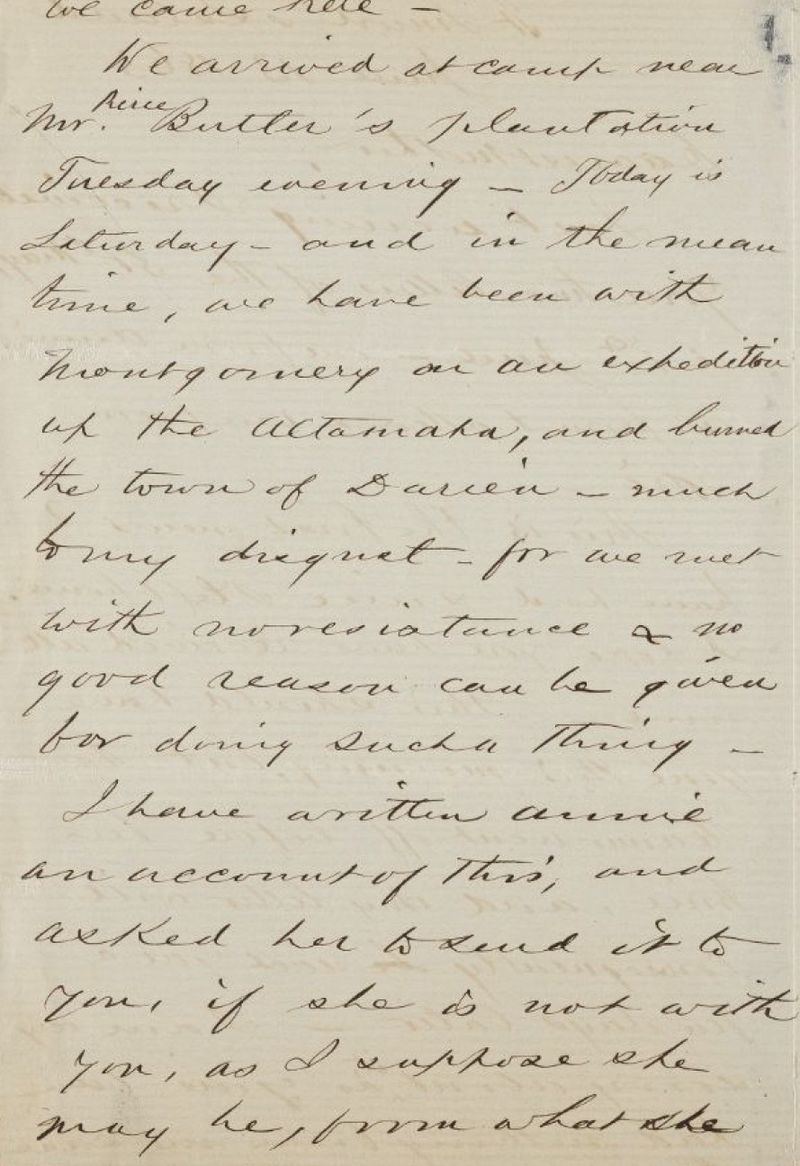
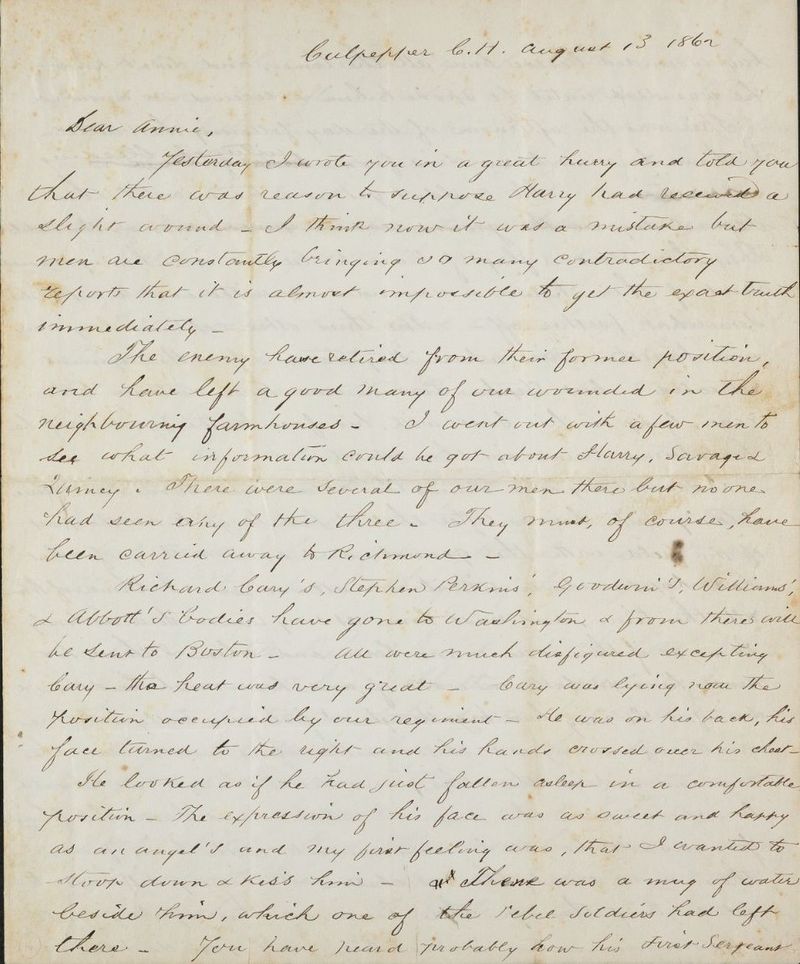
Civil War: Letters & Papers of 54th Massachusetts Volunteer Infantry Commander Robert G. Shaw
$19.50
Description
Robert Gould Shaw and the 54th Massachusetts Timeline
Timeline of Main Events
- April 1861: Robert Gould Shaw marches to the defense of Washington, D.C. with the 7th New York Militia early in the Civil War.
- May 1861: Shaw joins the 2nd Massachusetts Infantry as a second lieutenant.
- 1862 (Undated): Shaw fights with the 2nd Massachusetts Infantry in the First Battle of Winchester, the Battles of Cedar Mountain, and Antietam.
- August 13, 1862: Shaw writes to his cousin Annie Russell, describing the aftermath of the Battle of Cedar Mountain, including the appearance of fallen soldiers.
- Late 1862: While in camp with the 2nd Massachusetts Infantry, Shaw is approached by his father with the offer to command a new all-Black regiment (the 54th Massachusetts Volunteer Infantry). He initially declines but later accepts.
- 1863 (Undated): The 54th Massachusetts Volunteer Infantry is created under the order of Massachusetts Governor John Andrew.
- June 13, 1863: Shaw writes to his mother expressing his “disgust” at being ordered to participate in the burning of Darien, Georgia, finding no good reason for it as there was no resistance.
- July 1, 1863: In a letter to his father, Shaw discusses the pay disparity for Black soldiers ($10/month compared to $13/month for white soldiers) and states he will refuse to allow his regiment to be paid until he hears from Governor Andrew, suggesting the regiment should be mustered out if the inequality persists.
- July 3-6, 1863: While on St. Helena’s Island, South Carolina, Shaw writes a lengthy letter to his mother describing the freed African-American population, their progress in owning land, attending school and church, and working for wages. He recounts attending a July 4th “praise meeting” where the Declaration of Independence was read and a marriage ceremony was performed at a Black Baptist church. He also mentions meeting Nat Turner’s brother.
- July 18, 1863: The 54th Massachusetts Volunteer Infantry, along with two brigades of white troops, assaults Confederate Battery Wagner near Charleston, South Carolina. Colonel Robert G. Shaw is killed while leading his men forward, falling on the outside of the fort.
- Post July 18, 1863: Confederate General Johnson Hagood returns the bodies of other Union officers but leaves Shaw’s body in a mass grave with his men, intending it as an insult. This act is viewed as an honor by Shaw’s family and friends.
- Post July 18, 1863: Colonel Edward Needles Hallowell takes over command of the 54th Massachusetts Infantry and continues the fight for equal pay for African-American troops.
- August 1863: The enlisted men of the 54th and 55th Massachusetts Infantry regiments receive full back pay after Congress grants it.
- July 31, 1863: A letter is sent to the Shaw family, possibly by the Regiment’s surgeon, confirming the death of Colonel Robert G. Shaw.
Cast of Characters and Brief Bios
- Robert Gould Shaw: (October 10, 1837 – July 18, 1863) An American military officer in the Union Army during the American Civil War. He served as a second lieutenant in the 2nd Massachusetts Infantry before becoming the Colonel and commander of the 54th Massachusetts Volunteer Infantry, one of the first official African-American units in the Union Army. He was killed while leading his men in the assault on Fort Wagner.
- John Andrew: The Governor of Massachusetts during the Civil War. He authorized the creation of the 54th Massachusetts Volunteer Infantry in 1863. Shaw intended to appeal to him regarding the pay disparity for his Black troops.
- Russell Duncan: Author of “Blue-Eyed Child of Fortune: The Civil War Letters of Colonel Robert Gould Shaw.” He is quoted in the source describing the nature and impact of Shaw’s letters.
- Annie Russell: Shaw’s cousin to whom he wrote a letter on August 13, 1862, describing the aftermath of the Battle of Cedar Mountain.
- Richard Gary, Stephen Perkins, Goodwin, William, Abbott, Cary: Soldiers who were killed at the Battle of Cedar Mountain. Shaw described their appearance in his letter to Annie Russell.
- Montgomery: (Likely Colonel James Montgomery) A controversial Union Army officer known for leading raids and employing scorched-earth tactics, particularly in the South. Shaw expressed his disgust at participating in the burning of Darien, Georgia, under Montgomery’s command.
- Pierce Butler: A Southern plantation owner near whose plantation the 54th Massachusetts camped before the burning of Darien.
- Edward Needles Hallowell: (Likely) The Colonel who took command of the 54th Massachusetts Infantry after Shaw’s death. He continued the fight for equal pay for the African-American soldiers in the regiment.
- Johnson Hagood: A commanding Confederate General who was stationed in Charleston, South Carolina. After the Battle of Fort Wagner, he returned the bodies of white Union officers but left Shaw’s body in a mass grave with his Black soldiers, intending it as an insult.
- Nat Turner: An enslaved African-American man who led a rebellion of slaves and free blacks in Southampton County, Virginia, in 1831. Shaw mentioned meeting Turner’s brother while on St. Helena’s Island.
- Mr. Lynch: An eloquent speaker at the July 4th “praise meeting” on St. Helena’s Island. Shaw described him as an “ultra abolitionist.”
- Louisa Barlow Jay: Shaw’s niece (her mother was one of his sisters, who married Francis Channing Barlow). She created a box of notes for an unfinished biography of Robert Shaw.
- Francis Channing Barlow: One of Shaw’s brothers-in-law, married to one of his sisters. He is mentioned in connection with genealogical research included in the collection.
Civil War: 54th Massachusetts Volunteer Infantry Commander Robert G. Shaw – Letters & Papers
1,104 pages of letters written by, and papers related to Colonel Robert G. Shaw, commander of the 54th Massachusetts Volunteer Infantry, one of the first official African-American units in the United States during the Civil War, copied from material held by the Houghton Library.
Robert Gould Shaw (October 10, 1837 – July 18, 1863) was an American military officer in the Union Army during the American Civil War. As Colonel, he commanded the all-black 54th Massachusetts Infantry Regiment. The 54th was created under the order of Massachusetts Governor John Andrew in 1863. Shaw was killed in the Second Battle of Fort Wagner, near Charleston, South Carolina.
Shaw is most widely known as the principal character in the 1989 film Glory, portrayed by the actor Matthew Broderick.
In the introduction to his book, “Blue-Eyed Child of Fortune: The Civil War Letters of Colonel Robert Gould Shaw,” Russell Duncan described Shaw’s letters as conveying, “the change wrought by battlefield casualties, camp life, commitment, and homesickness upon the sensibilities of youth. His soldiering experience was as common as it was distinctive.” Duncan concluded his initial description of Shaw’s letters by writing, “His prose is often eloquent, always articulate, intensely informative, amusing, heart wrenching, and provocative more than a century after he described himself in letters to his family and friends. As interlopers to words never meant for us to ponder, we can enjoy him and gain insight into his times and into ours.”
Most of the documents in this collection are letters written by Robert Gould Shaw to his family. Most of the letters, ninety-eight, are addressed to his mother, and thirty-one were written to his father. The collection also includes letters to his sisters and brothers-in-law. The majority of Shaw’s letters were written during the Civil War. A few of the earliest letters are from before he joined the army, written while a student at Harvard or during his travels in Europe. A section of the material is made up of correspondence and genealogical research of the Barlow family, one of Shaw’s sisters married Francis Channing Barlow. Also included are the contents of a box of notes created by Louisa Barlow Jay, for an unfinished Robert Shaw biography.
Early in the Civil War, Shaw joined the 7th New York Militia and in April 1861 marched with it to the defense of Washington, D.C. In May 1861 he joined the 2nd Massachusetts Infantry as a second lieutenant, with which he fought in the First battle of Winchester, the Battles of Cedar Mountain, and Antietam.
Shaw was approached by his father while in camp in late 1862 with the offer to take command of a new all-Black Regiment. At first he declined the offer, but later accepted the position. Shaw’s letters clearly state that he was dubious about a free black unit succeeding, but the dedication of his men deeply impressed him, and he grew to respect them as soldiers.
On learning that black soldiers would receive less pay than whites, he inspired his unit to conduct a boycott until this inequality was rectified. After Shaw’s death at Fort Wagner, Colonel Edward Needles Hallowell took up the fight to get back full pay for African-American troops. The enlisted men of the 54th Massachusetts Infantry and the 55th refused pay until Congress granted them full back in August 1863.
The 54th Regiment was sent to Charleston, South Carolina to take part in the operations against the Confederates stationed there. On July 18, 1863, along with two brigades of white troops, the 54th assaulted Confederate Battery Wagner. Shaw mounted a parapet and urged his men forward. According to the Colors Sergeant of the 54th, he was shot and killed while trying to lead the unit forward and fell on the outside of the fort. The Confederates buried him in a mass grave with many of his men, an act they intended as an insult.
Following the battle, commanding Confederate General Johnson Hagood returned the bodies of the other Union officers who had died, but left Shaw’s where it was. Hagood informed a captured Union surgeon that “had he been in command of white troops, I should have given him an honorable burial; as it is, I shall bury him in the common trench with the n—-rs that fell with him.” Although the gesture was intended as an insult, it came to be seen as an honor by Shaw’s friends and family that he was buried with his soldiers.
Related products
-
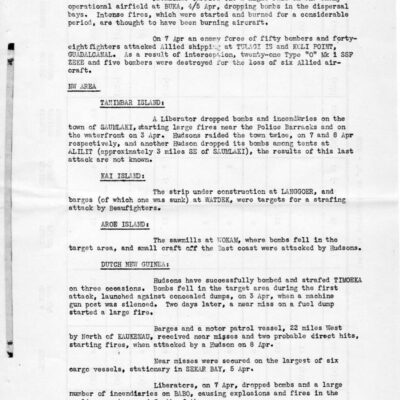
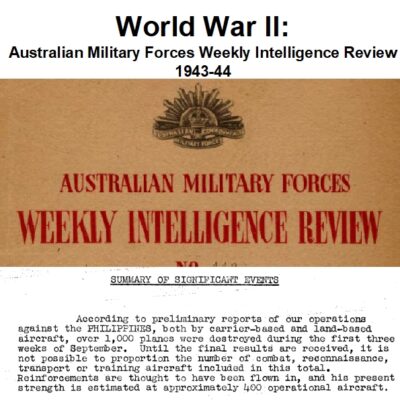
World War II: Australian Military Weekly Intelligence Reports 1943-44
$3.94 Add to Cart -
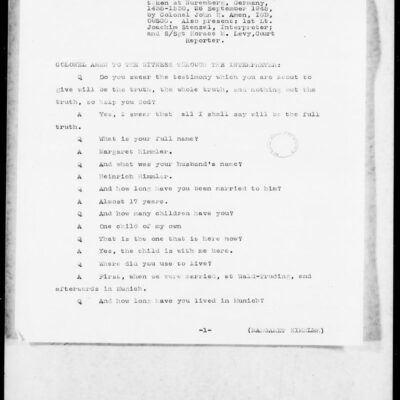
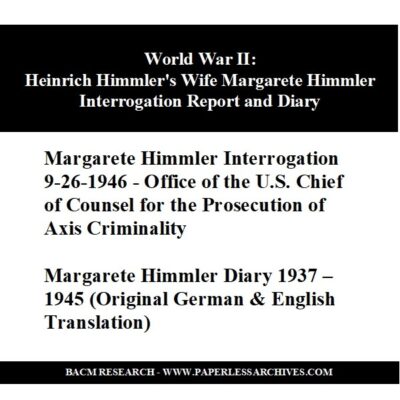
World War II: Interrogation Report and Diary of Margarete Himmler, Wife of Heinrich Himmler
$3.94 Add to Cart -
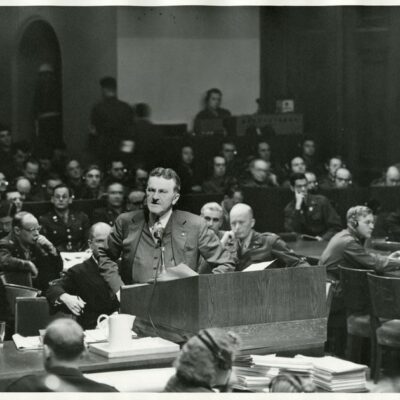
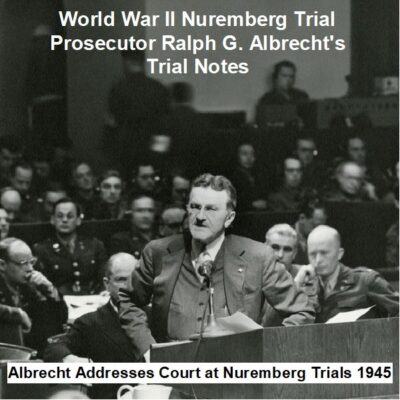
Trial Notes of Ralph G. Albrecht, Prosecutor at the Nuremberg Trials of World War II
$3.94 Add to Cart -
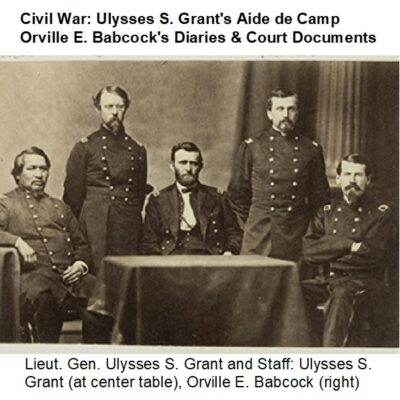
Civil War Ulysses S. Grant’s Aide de Camp Orville E. Babcock’s Diaries & Court Documents
$3.94 Add to Cart